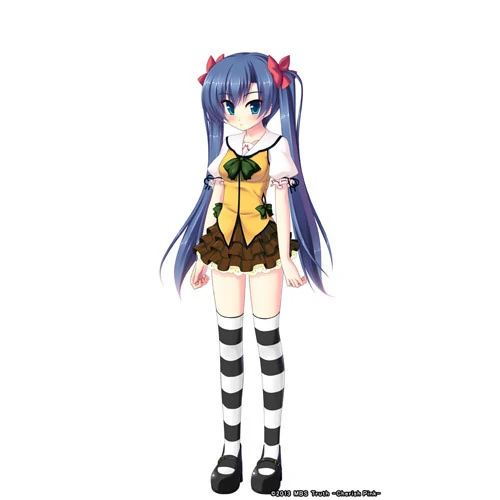Vignette Poker Face
(a vignette) Submitted by wendy davis on Tue, - 10:56am (i’d written this some time ago, but thought i’d re-publish it as a bit of an antidote to the many grisly realities of the day. Intoxicating is brimming with evocative little vignettes. It's no accident that there's an endless supply of $6 bottles of Poker Face wine for sale in Australia's most remote communities,.
Definition of Vignette

Vignette is a small impressionistic scene, an illustration, a descriptive passage, a short essay, a fiction or nonfiction work focusing on one particular moment; or giving an impression about an idea, character, setting, mood, aspect, or object. Vignette is neither a plot nor a full narrative description, but a carefully crafted verbal sketch that might be part of some larger work, or a complete description in itself.
Literally, vignette is a French word that means “little vine.” The printers, during the nineteenth-century, would decorate their title pages with drawings of looping vines. Hence, the derivation of this term is that source of drawings. Contemporary ideas from the scenes shown in television and film scripts also have influenced vignettes.
Vignette Poker Face Emoji
Examples of Vignette in Literature
Example #1: In Our Time (By Ernest Hemingway)

“Maera lay still, his head on his arms, his face in the sand. He felt warm and sticky from the bleeding. Each time he felt the horn coming. Sometimes the bull only bumped him with his head. Once the horn went all the way through him and he felt it go into the sand … Maera felt everything getting larger and larger and then smaller and smaller. Then it got larger and larger and larger and then smaller and smaller. Then everything commenced to run faster and faster as when they speed up a cinematograph film. Then he was dead.”
In this impressionistic sketch, the author gives an illustration of the character Maera, who is a bullfighter that dies from injures inflicted by a bull.
Example #2: An American Childhood (By Annie Dillard)
“Some boys taught me to play football. This was fine sport. You thought up a new strategy for every play and whispered it to the others. You went out for a pass, fooling everyone. Best, you got to throw yourself mightily at someone’s running legs … In winter, in the snow, there was neither baseball nor football, so the boys and I threw snowballs at passing cars. I got in trouble throwing snowballs, and have seldom been happier since.”
In this excerpt, Dillard has used her personal experiences while growing up in Pittsburgh, and describes the nature of American life. In this particular scene, she tells us how she learned to play football with the boys, and offering this incident of her teenage years.
Example #3: Railroads (By E. B. White)
“The strong streak of insanity in railroads, which accounts for a child’s instinctive feeling for them and for a man’s unashamed devotion to them, is congenital; there seems to be no reason to fear that any disturbing improvement in the railroads’ condition will set in … He gravely wrote ‘Providence’ in the proper space, and we experienced anew the reassurance that rail travel is unchanged and unchanging, and that it suits our temperament perfectly – a dash of lunacy, a sense of detachment, not much speed, and no altitude whatsoever.”
In this descriptive passage, White laments the bad condition of the passenger train industry in the state of Main, his home state, and worries for the future. He softens his complaints by going into past memories when he would ride as an adult.
Example #4: House on Mango Street (By Sandra Cisneros)

“Then Uncle Nacho is pulling and pulling my arm and it doesn’t matter how new the dress Mama bought is because my feet are ugly until my uncle who is a liar says, “You are the prettiest girl here, will you dance … My uncle and me bow and he walks me back in my thick shoes to my mother who is proud to be my mother. All night the boy who is a man watches me dance. He watched me dance.”
Vignette Poker Face Mask
This whole story provides us a collection of vignettes. There are several passages with detailed descriptions about particular ideas or characters, such as this extract illustrating a dancing scene.
Function of Vignette
Poker Face Youtube

Poker Face App
We often find vignettes in creative writing, as it provides description to achieve an artistic effect. However, we also see its usage in prose and poetry. Writers use this device to explore a character, and describe the setting of a scene. Vignettes give deeper understanding of texts, as writers densely pack them with imagery and symbolism. Besides, it increases writers’ language proficiency, as they use their language to its fullest by employing imagery to set a certain color and mood. Hence, the nature of vignettes is evocative and puts an impact on the senses of readers.